Last year’s stacked lineup of games for the Game Awards had us thinking: What was the best year in gaming? As part of our series on determining gaming’s best year, we’re putting together an article on each year, charting the major releases and developments of the year, and talking about both their impact and what made them great.

The Year: 1982
Perhaps setting a precedent for the future of consoles, Atari’s 2600 console rolled into its fifth year on the market, and the Atari 5200 popped up on the market in November; its launch was not particularly stellar, foretelling some unfortunate events in the year to follow. The 2600’s fifth anniversary brought with it a collection of games that would come to define not just the console but much of what people would consider “classic retro games” decades later, including titles such as Pitfall, Q*bert, Dig Dug and more, contributing to a US market performance that totaled $3.8 billion (about $11.5 billion if you’re judging for inflation), according to Everett M. Rogers and Judith K Larsen’s look at the market in 1984’s Silicon Valley Fever: Growth of High-Technology Culture.
Arcades also rolled on at the height of their success, and Pac-Man dominated the market once again, accruing $6 billion in profits worldwide on its own, soon finding some companionship in the release of Ms. Pac-Man, and a competitor from Nintendo’s Donkey Kong cabinets, which would similarly spin into a home console sales battle with the two games dominating the home market as well. Perhaps unsurprisingly, Pac-Man wins Electronic Gaming’s Arcade Award.
PC gaming was also picking up, with the second Ultima game releasing as well as the very first entry of Microsoft Flight Simulator hitting DOS in November. 1982 saw the development of the compact disc, leading to Sony producing the CDP-101, which in 1982 cost around 700 dollars. Apple also made some news for being host to the first ever computer virus: Elk Cloner, developed by a fifteen-year-old kid and spreading through infected floppy disks. The creator, Richard J. Skrenta Jr., would go on to have his hands in a lot of various internet developments, ranging from creating the now-defunct search engine blekko to working on various AOL products, and even helping develop a MUD.
1982 was also a fairly big year for tabletop games, in both good and bad ways. Various board games, tabletop games, and roleplaying books released during the period, and the Moral Panic over Dungeons & Dragons and the like even resulted in the release of the film adaptation of Mazes and Monsters, a psychological horror film starring Tom Hanks that perpetrated the idea that role playing would lead to mental illness and criminal behavior, featuring possibly one of the funniest opening scenes ever in a movie that is supposed to be played completely straight. If you’re curious and have about an hour and change to kill, you can find the movie on Paramount Plus. Perhaps a far more important film was also released during the same year: E.T., whose license would be involved in possibly the worst video game of all time, firmly establishing a great precedent for absolute dogwater media tie-in video games. The Atari E.T. title is one of the culprits often most blamed for the video game crash of ’83, which nearly ended the industry.
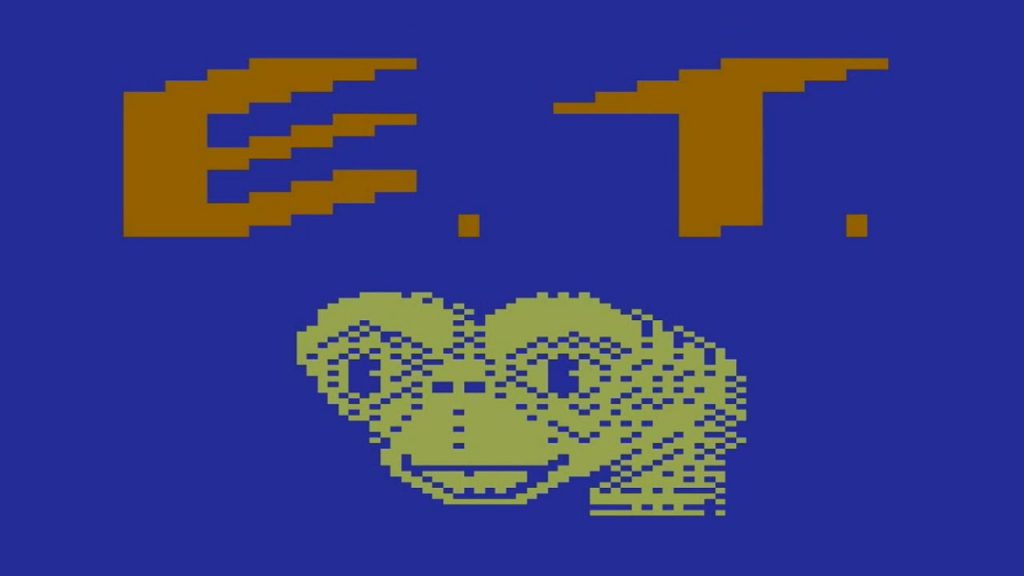
Atari’s Last Hurrah
While the 2600 had struggled in previous years, 1982 was the year the console received a boatload of titles that would go on to define the console and in some ways the era itself; many of the games that often appear on various retro collections were titles that released for the 2600, such as Namco’s Dig-Dug (A game that this dear writer played so much she was often late for school), Pitfall!!, Berzerk, and Frogger. The bounty of hit games helped steer Atari into the jaws of defeat, ironically, as their decisions towards the end of 1982 would lead to their downfall in the coming year, as well as the near implosion of the gaming market in its wake. But 1982 itself was firmly Atari’s year as a household dominator, with Pac-Man alone selling nearly 10 million copies on its own. The infamous and maligned E.T.: The Extra-Terrestrial also released, a harbinger of doom if ever there was one. Perhaps most interesting anecdotally is that the 2600’s lifecycle, having entered its fifth year, would somewhat set a development precedent for other consoles to follow: most console launches rarely have the best or most fondly remembered titles, instead taking a few years for developers to master the hardware and push its limits. This was something that the 2600 was able to do in its near arcade perfect ports of games, as well as weird or experimental titles like Haunted House, considered by some to be the first ever survival horror game.
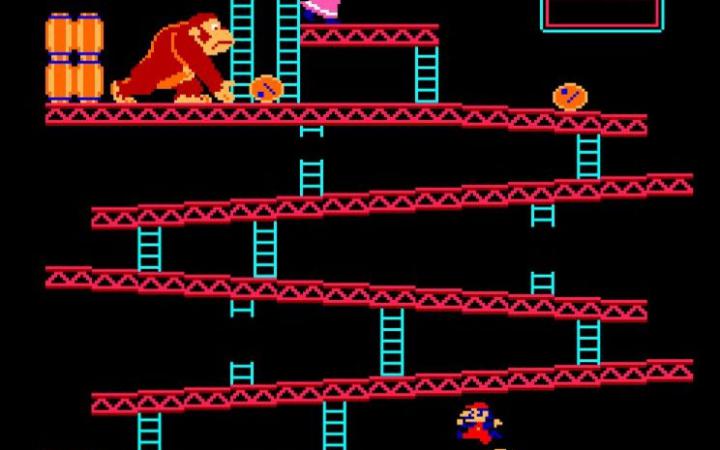
He’s the Leader of the Bunch, You Know Him Well
Meanwhile, Nintendo took the time to ride the success of Donkey Kong, with the game’s initial release in 1981 paving the way for two years of record profits off of Shigeru Miyamoto and Gunpei Yokoi’s collaborative efforts. In 1982, Nintendo brought Donkey Kong home, releasing it across the spectrum of available consoles, from the Game & Watch and Atari 2600 to Intellivision and ColecoVision. Donkey Kong printed money for Nintendo, which allowed Miyamoto and Yokoi to continue their ventures of developing other various games and technologies, which in 3 years would help result in the launch of the Nintendo Entertainment System, and was also responsible for the introduction of a primary colored plumber: Mario. There’s an alternate history out there in which Donkey Kong never made it past the pitch stage, and the video game world would have been radically different, if it existed at all.
 Q*bert
Q*bert
While 1982 was dominated by two classic gaming icons in Pac-Man and Donkey Kong (and also kind of Mario), Q*bert, the weird little orange dude with a big nose who cursed, also made quite the splash. The 80s were a time in which branding was ramping up, and Q*bert mania was sweeping the nation (kind of), resulting in a cartoon, frisbees, stuffed animals, and all other manner of 80s detritus. The game itself made for an interesting footnote in the history of Gottlieb, a company known primarily for their pinball boards. Q*bert was considered their only hit in the video game industry, and perhaps in a world not overrun by Pac-Man and Donkey Kong, could have been a larger contender for making a bigger splash than it did. That’s not to say Q*bert didn’t deserve recognition: the game’s odd design, color scheme, bizarre characters, and titular character’s penchant for grawlix use when colliding with an enemy helped make the game memorable, much of which was lost in early home console ports of the game; the 2600 version looks almost nothing like the arcade game, for example.

Dig-Dug
Your author has a lot of fond personal memories of Dig-Dug, which I think was my most-played Atari game in my collection as a kid. Although the home release was a year away, the arcade release of Namco’s now classic game in 1982 helped catapult the game and even started a small craze of ‘digging’ games, with perhaps the most egregious one being named Zig Zag, but the one that spawned its own successful franchise would be Mr Do!. Dig Dug’s success led to a few sequels and a spin-off series, Mr. Driller, which became its own successful franchise. In an odd bit of trivia, Namco opted to tie the games together, with Dig Dug’s protagonist, Taizo Hori (which is a play on “I want to dig” in Japanese) being the divorced father of Mr. Driller protagonist Susumu Hori, with Baraduke’s Masuyo Tobi as his mother. There’s never been an explanation for why they divorced, but whatever the reason was did not seem to be amicable; in Namco x Capcom, Masuyo’s dialogue implies she’s got a grudge against her ex (Frankly, if I fumbled a woman like that, I’d have ended up on the news).
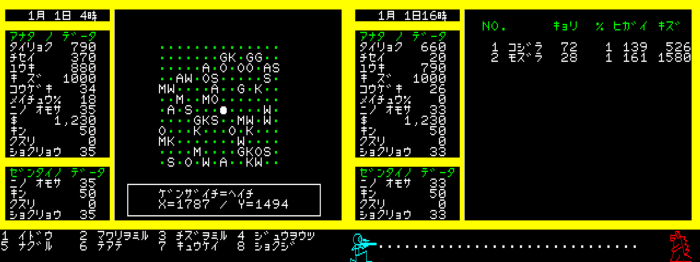
Koei’s Strategic and Erotic Success
While this might seem like an odd inclusion, Koei (now Koei-Tecmo) made a name for itself in 1982 by publishing a series of erotic computer games, the first of which was titled Seduction of the Condominium Wife, as well as the little known Night Life, which is considered the predecessor to the eroge (erotic game) genre. Night Life itself is pretty tame, having some sexually explicit images mixed with things like a period tracker, illustrations of sexual positions, and was touted as a tool for couples than an item of specific titillation. Seduction of the Condominium Wife, however, was a full-blown role-playing game that even had color graphics, and the success of the title along with Underground Exploration, the first JRPG, helped establish the company in the video game sphere. Titles that would emerge in later years such as Nobunaga’s Ambition, Romance of the Three Kingdoms, and Uncharted Waters cemented the publisher as a historically themed strategy and role-playing games.
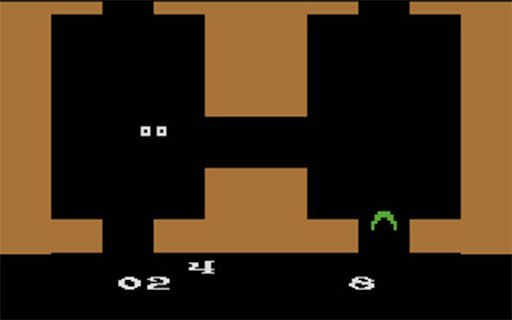
Haunted House
Mentioned above, Haunted House deserves a mention for the fact that it might be able to claim the title of earliest survival horror game. It was also a title that released specifically on the 2600, having no arcade release to ride into the market with, and still managed to sell quite well upon release. While the game was limited by what the Atari 2600 is capable of, but the game featured a suspenseful atmosphere, inventory management, and bore some similarity to Adventure, another Atari game. While simplistic in the ways that Atari games are to modern eyes, Haunted House was fairly interesting in the way it utilized the limits of the Atari to take advantage of what it could or couldn’t do, and most reviews of the title applauded its atmosphere.
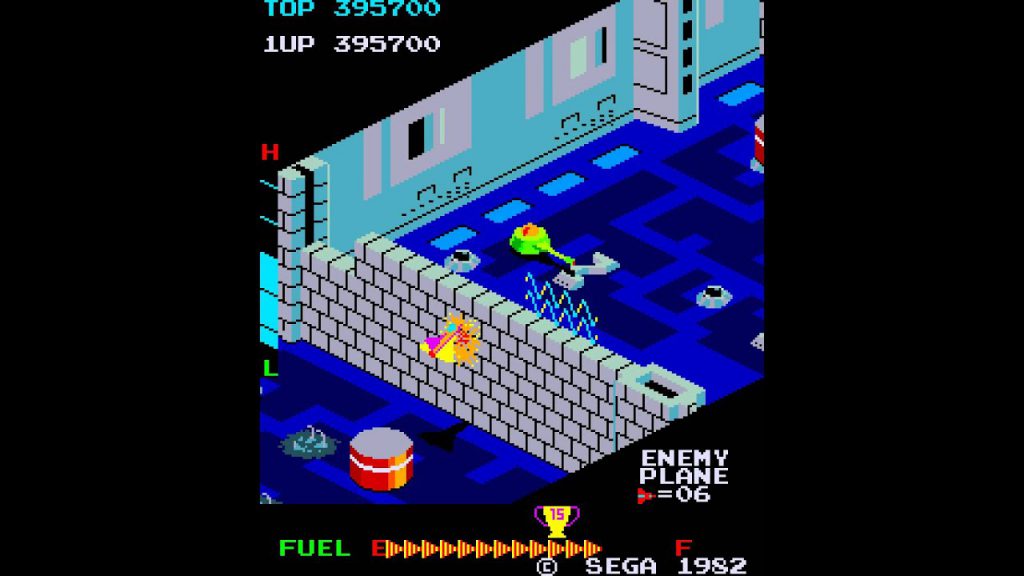
Zaxxon
Perhaps Sega’s biggest contribution to this year is Zaxxon, an isometric shooter that was, actually, the first isometric shooter. Arcade games lived and died off of either their gimmick or their ability to easily clone a successful game, and Zaxxon took the risk on having an interesting gimmick, with Sega banking 150k into the game’s advertisement budget to get a television commercial for the game produced by Paramount Pitches; it worked, making the game of the most successful arcade games of the year, and making isometric games a new avenue for developers to explore, which Sega did a few more times in the 80s. It’s hard to say which is the more important historical footnote: the isometric design or the use of television to advertise an arcade game, which would lead to television advertisements for video games becoming increasingly common and necessary to make a game stand out from the crowd.
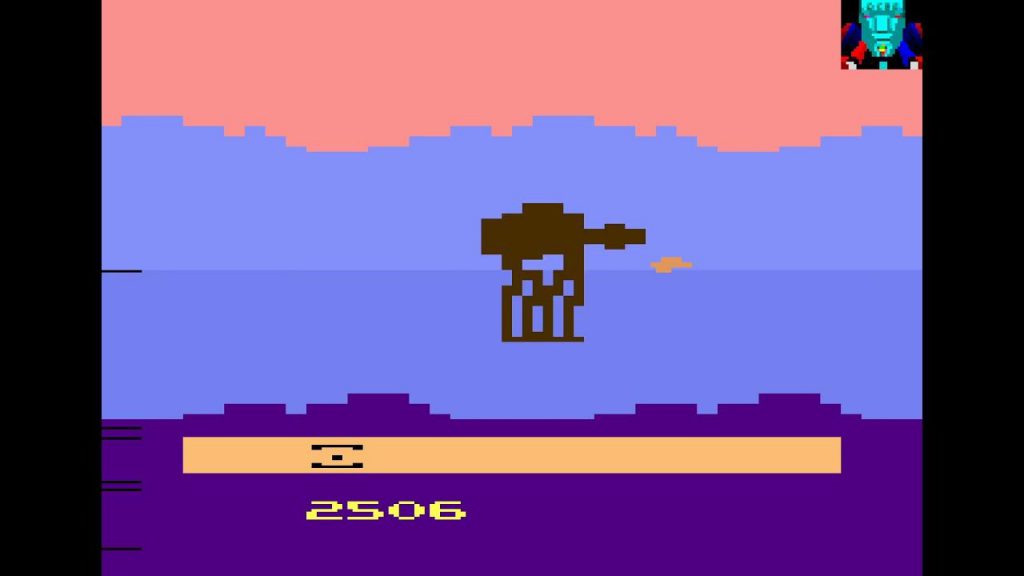
Star Wars: The Empire Strikes Back
The first ever licensed Star Wars video game debuted in ’82, featuring riveting gameplay of Luke shooting AT-AT walkers that moved increasingly quickly towards Echo Base. While perhaps lacking a little in terms of thematics or gameplay to a modern audience, the game was quite a hit, capitalizing off of the popularity of Star Wars as a franchise and beginning the long, odd road of licensed Star Wars games. Perhaps one of the most interesting aspects is that the game makes no attempt to reference or use the Force or Jedi powers, and is instead really just a survival shooter. Of course, it is a little hard to apply modern design wants and logic to games from 40 years ago, so instead it’s simply worth it as an interesting note of where the road of Star Wars games began; that said, it was actually a fun little shooter on the 2600, theme or no.
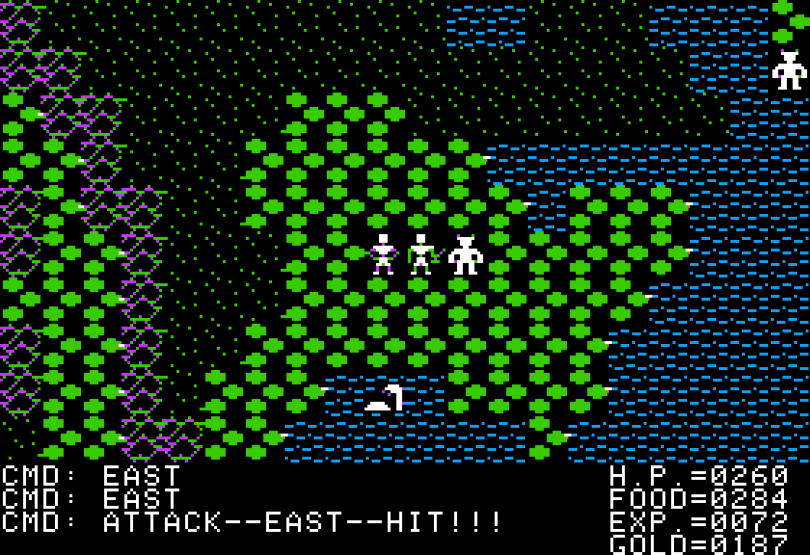
Ultima II
While Ultima is more or less a forgotten memory these days, the Ultima games had a reputation that was built upon their improvement and unique approach to role-playing games. Developed by the infamous Richard “Lord British” Garriott, Ultima II did what all gaming sequels try (and usually fail) at doing: being as good as the first game but bigger, better, and more ambitious. Ultima II is perhaps one of the predecessors to lavish collector’s editions by starting the trend of including extra physical items in the box, which here started Ultima’s trend for cloth maps. Developmentally and production wise, issues between Sierra On-Line and Garriott led to his founding of Origin Systems, which produced the Ultima and Wing Commander franchises until purchased by Electronic Arts in the Nineties.

Ms. Pac-Man
Debuting in arcades in 1982, Ms. Pac-Man wasn’t actually a game developed by Namco but instead was an add-on “upgrade” to existing Pac-Man hardware developed by General Computer Corporation. Thanks to some legal troubles, they were forced to present the game to US distributor Midway, who purchased it for distribution. Although the somewhat odd development history as an “upgrade” to an unofficial sequel might seem a little dubious, the game itself was solid, improving in various ways on Pac-Man, with different levels, more warp tunnels, different ghost behavior, and more. Ms. Pac-Man went on to be incredibly successful on its own, being ported to countless future systems and eventually falling under the Bandai Namco banner itself. It’s a far superior game to the original, and was one of the first games to include animated cutscenes.
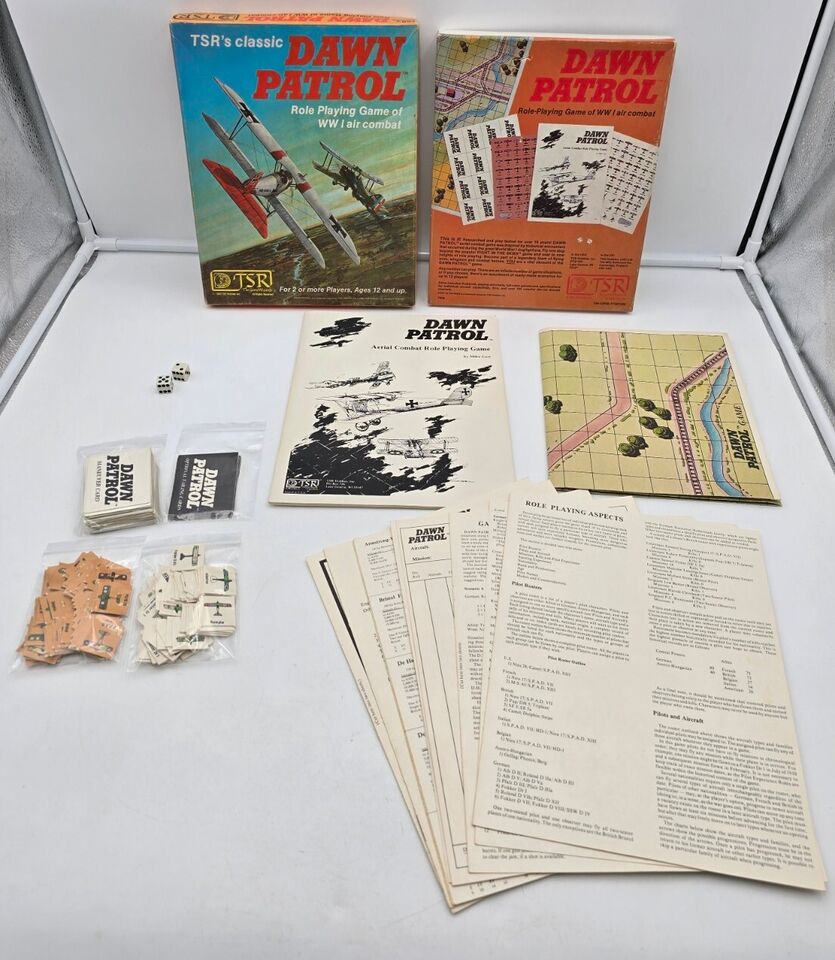
Dawn Patrol (Fight in the Skies Seventh Edition)
Fun fact: Fight in the Skies has been on the schedule of every single Gen Con. Although the game was initially published in 1966, the seventh edition brought a re-naming and the inclusion of role-playing aspects, perhaps to cash in on the popularity of role playing in general in tabletop spaces taking place in the late Seventies and Eighties. Dawn Patrol’s influence on later war and historical based games is hard to miss, and the fact that the game has become a staple at the board gaming convention in the United States is notable in and of itself.
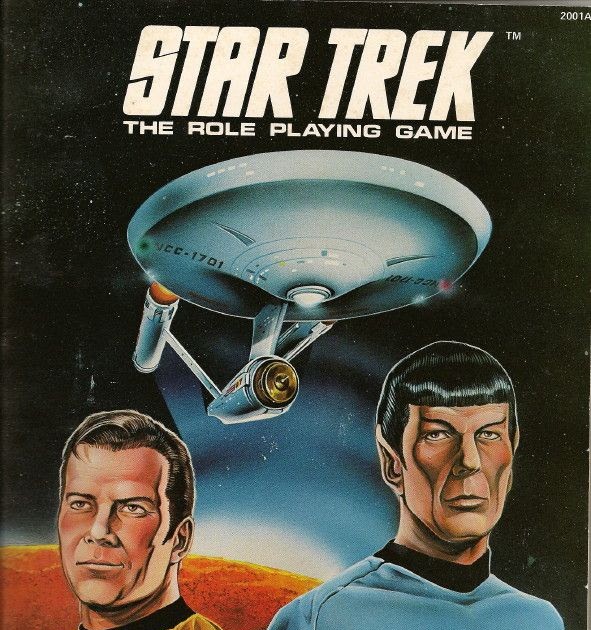
Star Trek: The Role Playing Game
Dungeons & Dragons started a wave of interest in roleplaying, and one of the Eighties media tie-ins to benefit from this was Star Trek, with FASA publishing the licensed game from 1982 until 1989, when Paramount took the license away from them over creative differences in the supplements for Star Trek: The Next Generation. The designers deserve some respect for creating a game out of basically nothing, having been given no real direction and inventing or being inspired by particularly outlier readings of Klingons and Romulans specifically, both of which became too important to The Next Generation to support the role playing game’s divergent readings of the characters. Still, the game garnered high praise and reviews, many of which focused on the way it presented a simplistic and easy to use game to role play within the Star Trek setting, or at least, an approximate interpretation of it.
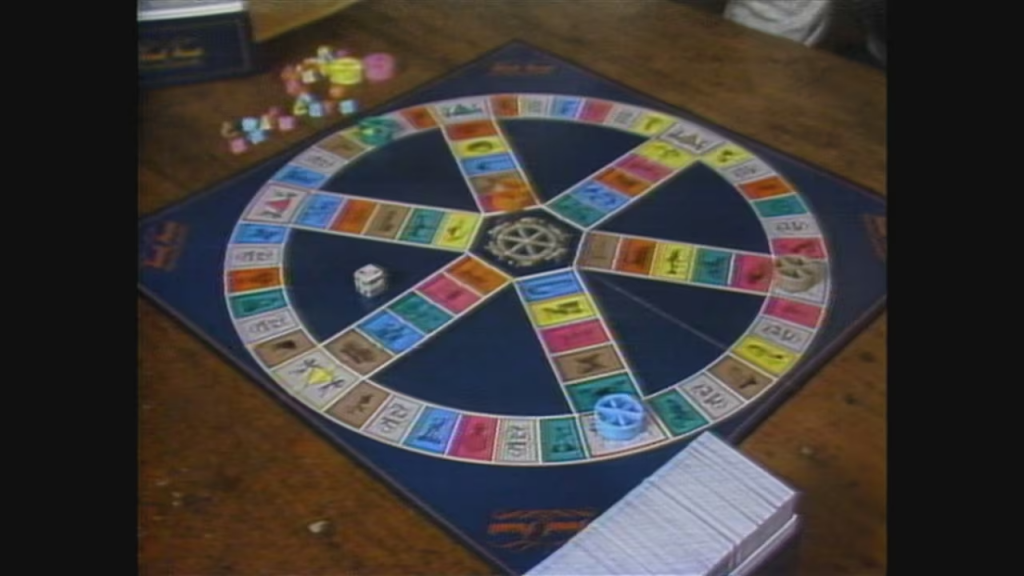
Trivial Pursuit
Depending on when and where you grew up, Trivial Pursuit might carry some sort of nostalgic weight. For me, Trivial Pursuit was a game that my parents owned and would only play with other adults, and my being invited to play it was a big moment for me in some regards for being seen as ‘smart’ or ‘mature’ for my age (which is something we don’t need to unpack here). What is interesting and important about Trivial Pursuit is that the game itself is such a simple idea that it almost seems absurd that it wasn’t a game beforehand. Thought up by Chris Haney and Scott Abbott, the friends brainstormed a game that relied on trivia as the main hook. It’s path to release nearly ruined the two men financially, but when it did hit, it hit big, and publisher Selchow and Righter took a chance marketing the game to adults specifically as a deluxe piece of entertainment. Trivial Pursuit became a generational game, with new editions and new trivia added, as well as various amounts of licensed and spin-off versions, television shows, and video games. Perhaps most interestingly, though, is the legal decision that resulted from Fred. L. Worth suing Abbott and Haney, claiming plagiarism; the court decision recognized that facts are not protected by copyright.
TheChirurgeon: Trivial Pursuit shows up here in 1981 and 1982 based on some licensing and republishing – the game was invented in 1979, published in 1981, and then nearly impossible to get ahold of. For what it’s worth, the 20th anniversary edition was released in 2002.
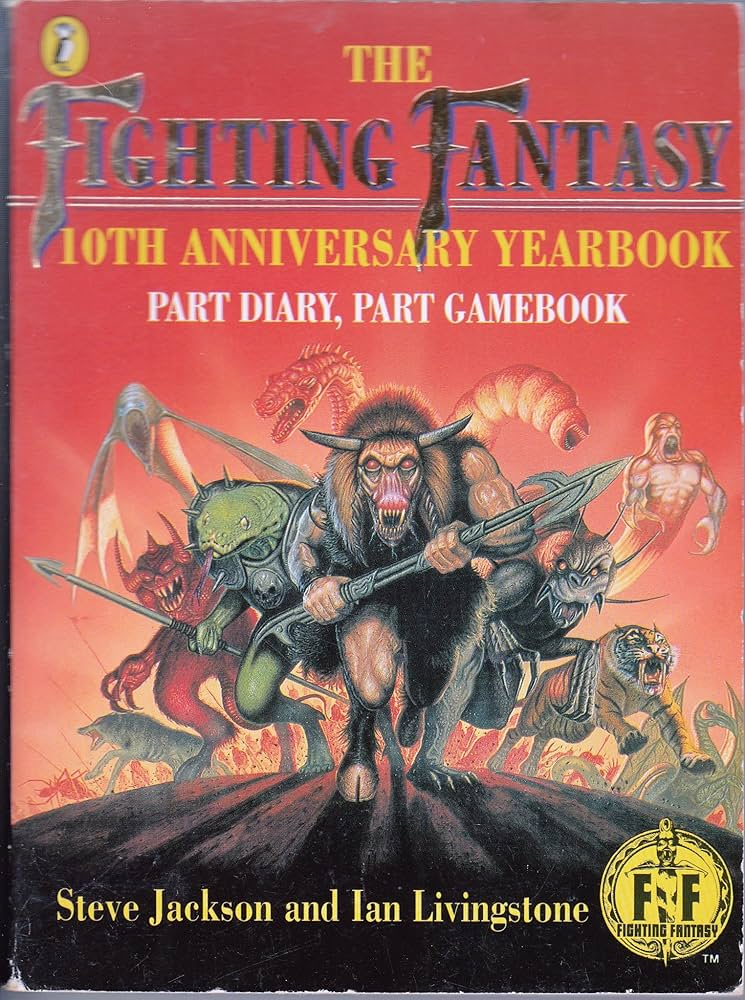
Fighting Fantasy
A single-player role playing book written by Ian Livingstone and Steve Jackson, there’s a simple argument to be made that this book is responsible for the article you are even reading right now, because without it, many of the various hobbies we enjoy may not exist, at least not in ways that we know them. A fairly simplistic system, the books offered readers the chance to go on adventures with a set of systems that allowed for large amounts of replayability. The Fighting Fantasy series spawned numerous books, and even global popularity; in Japan, for example, Fighting Fantasy was extremely influential, with Dark Souls’ Hidetaka Miyazaki having cited the series as a direct influence on his works. (We’ll try and ignore the sexy moe-fied versions of the books published in the mid-2010s that even got Ian Livingstone to tweet about them.) Fighting Fantasy even got roped into the moral panic surrounding role playing games, along with Dungeons & Dragons.
Why It Was the Best Year in Gaming
It might seem like a hard sell initially that 1982, the year leading to the crash of the gaming market, is the best year in gaming, but the thing about 1982 is that much of what occurred in this year across console, arcade, and tabletop gaming seeded a number of future trends and potential. The shift in the market from arcades to consoles was underway, with the looming shift in tide from Atari to Nintendo on the horizon. Games also began to explore more of what could and could not be done with console limitations, exposing some of the design strategies and flaws we’re still coping with today. As far as tabletop games are concerned, it really cannot be stressed that this website you are currently reading this article on would not exist without Fighting Fantasy, but there are many, many other things that would not either; the series inspired copycats and designers alike across the globe, helped Livingstone and Jackson found their gaming empires, and is a direct lineage inspiration for Demon’s Souls. Trivial Pursuit introduced the first “luxury” board game for adults, moving the market slightly back from being a kid dominated field to something that adults could not only enjoy, but could lavish in, with a swank design and high production values that would go on to inspire other games, such as Pictionary. A year that gave us Ms. Pac-Man, Donkey Kong (and Mario), Dig Dug, and many more is hard to pass up on, even if it did curse us with E.T.
Also I was born in this year. So that feels kind of important.
This article is part of a larger series on the best year in gaming. For more years, click this link. Have any questions or feedback? Drop us a note in the comments below or email us at contact@goonhammer.com.
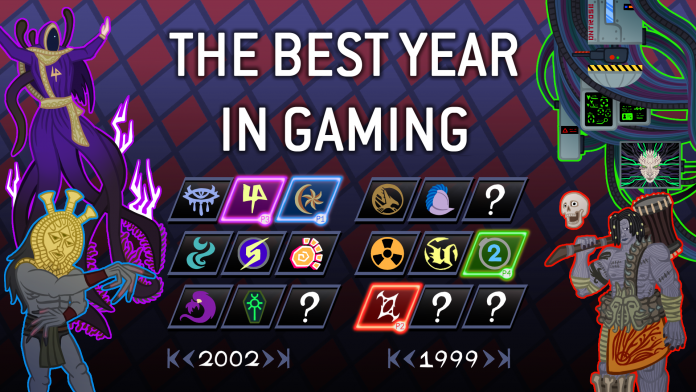



You must be logged in to post a comment.